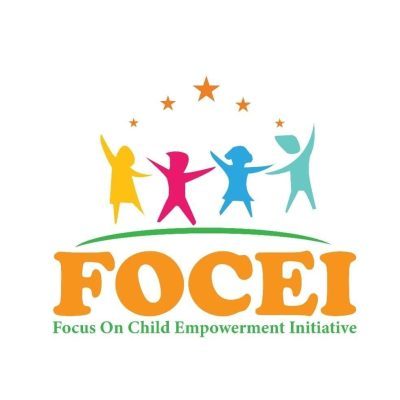Malnutrition in children remains a serious global concern, especially in developing countries. It not only affects physical growth but also mental development and overall well-being. The good news? Malnutrition is preventable. With the right knowledge, habits, and community support, parents and caregivers can ensure their children thrive. Here’s how:
🌱 1. Start With Proper Nutrition From Birth
- Exclusive breastfeeding for the first six months provides essential nutrients and antibodies.
- After six months, introduce complementary foods while continuing to breastfeed. These foods should be soft, nutrient-rich, and age-appropriate.
Tip: Mashed fruits, pureed vegetables, and fortified porridge are great starters.
🥦 2. Ensure a Balanced Diet
A child’s diet should include the five essential food groups:
- Carbohydrates (energy): rice, maize, bread
- Proteins (growth): eggs, beans, meat, fish
- Fats (energy storage): avocado, peanut butter, oils
- Vitamins & minerals: fruits and vegetables
- Water: for hydration and proper digestion
Remember: Variety is key. Don’t rely on just one or two food types.
👩⚕️ 3. Regular Health Check-Ups
Routine visits to a health center help:
- Monitor growth (weight & height)
- Detect signs of deficiencies early
- Update immunizations
- Get professional advice on feeding practices
Undiagnosed infections like worms or diarrhea can worsen malnutrition. Always consult a health worker if a child is unwell.
📚 4. Educate Caregivers and Communities
Many cases of malnutrition stem from a lack of information, not food scarcity. Community education on nutrition, hygiene, and child care empowers parents to make better decisions.
You can help by attending or organizing workshops, community nutrition days, or joining local parent groups.
🧼 5. Prioritize Hygiene and Sanitation
Poor hygiene contributes to infections that reduce appetite and nutrient absorption.
- Wash hands before preparing food and feeding
- Treat drinking water
- Keep feeding utensils clean
- Use latrines and teach children basic hygiene
A clean environment is just as important as nutritious food.
💪 6. Know the Signs of Malnutrition
Early detection can save a child’s life. Look out for:
- Unexplained weight loss or failure to gain weight
- Swelling in the feet or face
- Dry, thinning hair
- Fatigue or lack of interest in play
- Constant illnesses
If you notice any of these signs, visit a health facility immediately.
🌍 Final Thoughts
Preventing malnutrition isn’t just about feeding children—it’s about feeding them the right food, in the right way, with the right care. As a parent, guardian, or community leader, your actions have a lasting impact on a child’s future. Let’s work together to raise strong, healthy, and happy children.



